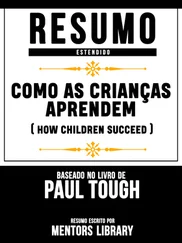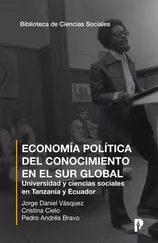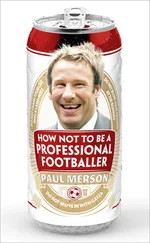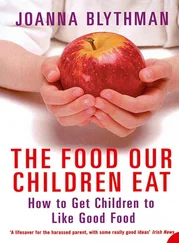Beginning in 1995, patients enrolled in the Kaiser HMO who came in for comprehensive medical exams were mailed questionnaires asking them to relate their personal histories in ten different categories of adverse childhood experiences, including physical and sexual abuse, physical and emotional neglect, and various measures of household dysfunction, such as having divorced or separated parents or family members who were incarcerated or mentally ill or addicted. Over the course of a few years , more than seventeen thousand patients completed and returned the questionnaires—a response rate of almost 70 percent. As a group, the respondents represented a very mainstream, middle- to upper-middle-class demographic: 75 percent were white; 75 percent had attended college; the average age was fifty-seven.
When Anda and Felitti tabulated the responses, they were surprised, first, by the sheer prevalence of childhood trauma among this generally well-off population. More than a quarter of the patients said they had grown up in a household with an alcoholic or a drug user; about the same fraction had been beaten as children. When the doctors used the data to assign each patient an ACE score, giving them one point for each category of trauma they had experienced, they found that two-thirds of the patients had experienced at least one ACE, and one in eight had an ACE score of 4 or more.
The second and more significant surprise came when Anda and Felitti compared the ACE scores with the voluminous medical histories that Kaiser had collected on all the patients. The correlations between adverse childhood experiences and negative adult outcomes were so powerful that they “stunned us,” Anda later wrote. What’s more, those correlations seemed to follow a surprisingly linear dose-response model: the higher the ACE score, the worse the outcome on almost every measure from addictive behavior to chronic disease. Anda and Felitti produced one bar chart after another from the data, and each one traced more or less the same shape. Along the bottom of each chart, the x-axis, the doctors plotted the number of ACEs that patients had experienced. Along the y-axis, they indicated the prevalence of a specific undesirable outcome: obesity, depression, early sexual activity, history of smoking, and so on. On each chart, the bars rose steadily and consistently from left (0 ACEs) to right (more than 7 ACEs). Compared to people with no history of ACEs, people with ACE scores of 4 or higher were twice as likely to smoke, seven times more likely to be alcoholics, and seven times more likely to have had sex before age fifteen. They were twice as likely to have been diagnosed with cancer, twice as likely to have heart disease, twice as likely to have liver disease, four times as likely to suffer from emphysema or chronic bronchitis. On some charts, the slopes were especially steep: adults with an ACE score above 6 were thirty times more likely to have attempted suicide than those with an ACE score of 0. And men with an ACE score above 5 were forty-six times more likely to have injected drugs than men with no history of ACEs.
The behavior outcomes, though surprising in their intensity, at least made some intuitive sense. Psychologists had long believed that traumatic events in childhood could produce feelings of low self-esteem or worthlessness, and it was reasonable to assume that those feelings could lead to addiction, depression, and even suicide. And some of the health effects that turned up in the ACE study, like liver disease and diabetes and lung cancer, were most likely the result, at least in part, of self-destructive behaviors like heavy drinking, overeating, and smoking. But Felitti and Anda found that ACEs had a profound negative effect on adult health even when those behaviors weren’t present. When they looked at patients with high ACE scores (7 or more) who didn’t smoke, didn’t drink to excess, and weren’t overweight, they found that their risk of ischemic heart disease (the single most common cause of death in the United States) was still 360 percent higher than those with an ACE score of 0. The adversity these patients had experienced in childhood was making them sick through a pathway that had nothing to do with behavior.
That initial ACE study led Burke Harris to other research papers, and before long she was immersed, staying up late every night reading articles from medical journals and tracking down footnotes and references on PubMed, the online medical database. The research she compiled during those furious months of study now sits in four fat binders on the shelf of her office at the clinic. The papers within span many scientific disciplines, but most of them are rooted in two fairly obscure medical fields: neuroendocrinology (the study of how hormones interact with the brain) and stress physiology (the study of how stress affects the body). Although Anda and Felitti initially didn’t understand the biological mechanisms at work in their ACE data, scientists have reached a consensus in the past decade that the key channel through which early adversity causes damage to developing bodies and brains is stress.
Our bodies regulate stress using a system called the HPA axis. HPA stands for “hypothalamic-pituitary-adrenal,” and that tongue-twisting phrase describes the way that chemical signals cascade through the brain and the body in reaction to intense situations. When a potential danger appears, the first line of defense is the hypothalamus, the region of the brain that controls unconscious biological processes like body temperature, hunger, and thirst. The hypothalamus emits a chemical that triggers receptors in the pituitary gland; the pituitary releases signaling hormones that stimulate the adrenal glands; and the adrenal glands then send out stress hormones called glucocorticoids that switch on a host of specific defensive responses. Some of these responses we can recognize in ourselves as they happen: emotions like fear and anxiety, and physical reactions like increased heart rate, clammy skin, and a dry mouth. But many effects of the HPA axis are less immediately apparent to us, even when we’re the ones experiencing them: neurotransmitters activate, glucose levels rise, the cardiovascular system sends blood to the muscles, and inflammatory proteins surge through the bloodstream.
In his insightful and entertaining book Why Zebras Don’t Get Ulcers, the neuroscientist Robert Sapolsky explains that our stress-response system, like that of all mammals, evolved to react to brief and acute stresses. That worked well when humans were out on the savanna running from predators. But modern humans rarely have to contend with lion attacks. Instead, most of our stress today comes from mental processes: from worrying about things. And the HPA axis isn’t designed to handle that kind of stress. We “activate a physiological system that has evolved for responding to acute physical emergencies,” Sapolsky writes, “but we turn it on for months on end, worrying about mortgages, relationships, and promotions.” And over the past fifty years, scientists have discovered that this phenomenon is not merely inefficient but also highly destructive. Overloading the HPA axis, especially in infancy and childhood, produces all kinds of serious and long-lasting negative effects—physical, psychological, and neurological.
The tricky thing about this process, though, is that it’s not actually the stress itself that messes us up. It is the body’s reaction to the stress. In the early 1990s, Bruce McEwen, a neuroendocrinologist at Rockefeller University, proposed a theory of how this works, one that is now broadly accepted in the field. According to McEwen, the process of managing stress, which he labeled allostasis, is what creates wear and tear on the body. If the body’s stress-management systems are overworked, they eventually break down under the strain. McEwen called this gradual process allostatic load, and he says that you can observe its destructive effects throughout the body. For example, acute stress raises blood pressure to provide adequate blood flow to the muscles and organs that need to respond to a dangerous situation. That’s good. But repeatedly elevated blood pressure leads to atherosclerotic plaque, which causes heart attacks. That’s not so good.
Читать дальше
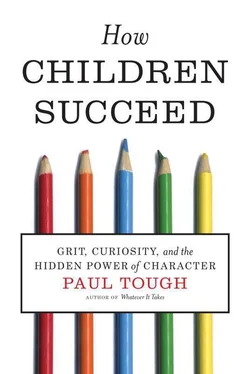

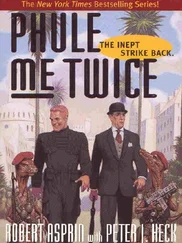
![Коринн МакКей - How to Succeed as a Freelance Translator [calibre 3.46.0]](/books/402693/korinn-makkej-how-to-succeed-as-a-freelance-transl-thumb.webp)


